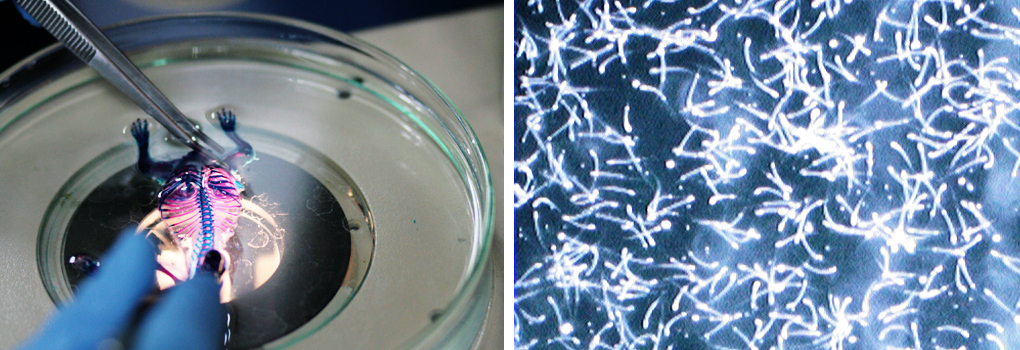BUSINESS
BUSINESSReproductive & Developmental Studies
Introduction
The aim of reproductive and developmental toxicity studies is to ascertain the effects of drugs, chemicals, or agricultural chemicals on the reproductive system. These studies examine the effects of substances on the reproductive system in all stages, including gamete development, fertilization, pregnancy, labor, and nursing, as well as examining fetal development and teratogenicity.
While there are slight differences in the application of standards (ICH, OECD, MHW, KFDA), in the main there are two options available: a standard test and a hybrid test. In addition, Biotoxtech, Ltd. designs and conducts studies suitable to the aims of and in discussion with the sponsor.

Our Studies (Applicable to ICH, OECD, JMHW, MFDS, NIER, RDA))
